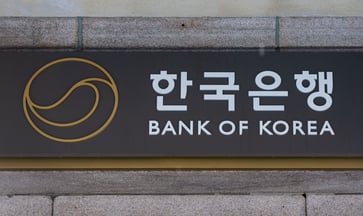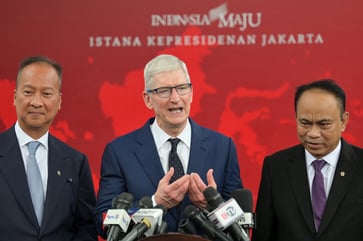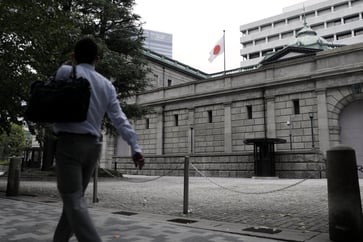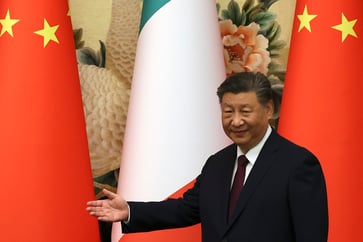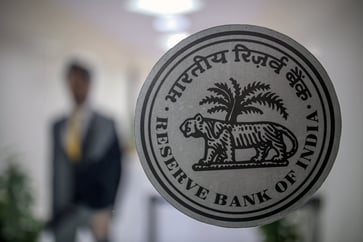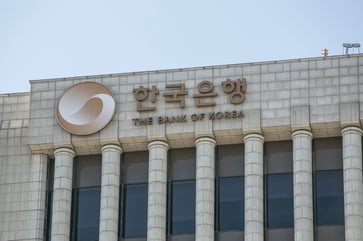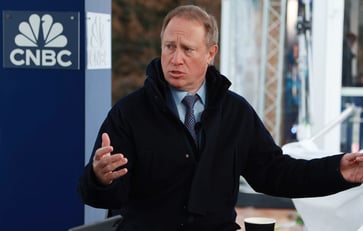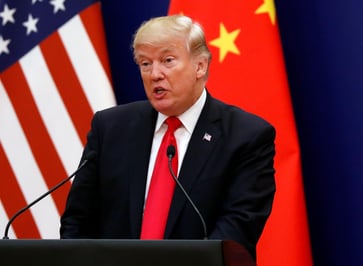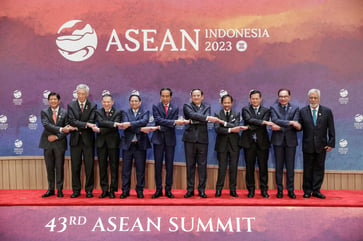The Federal Reserve casts a shadow over China's central bank as it keeps key policy rate unchanged.
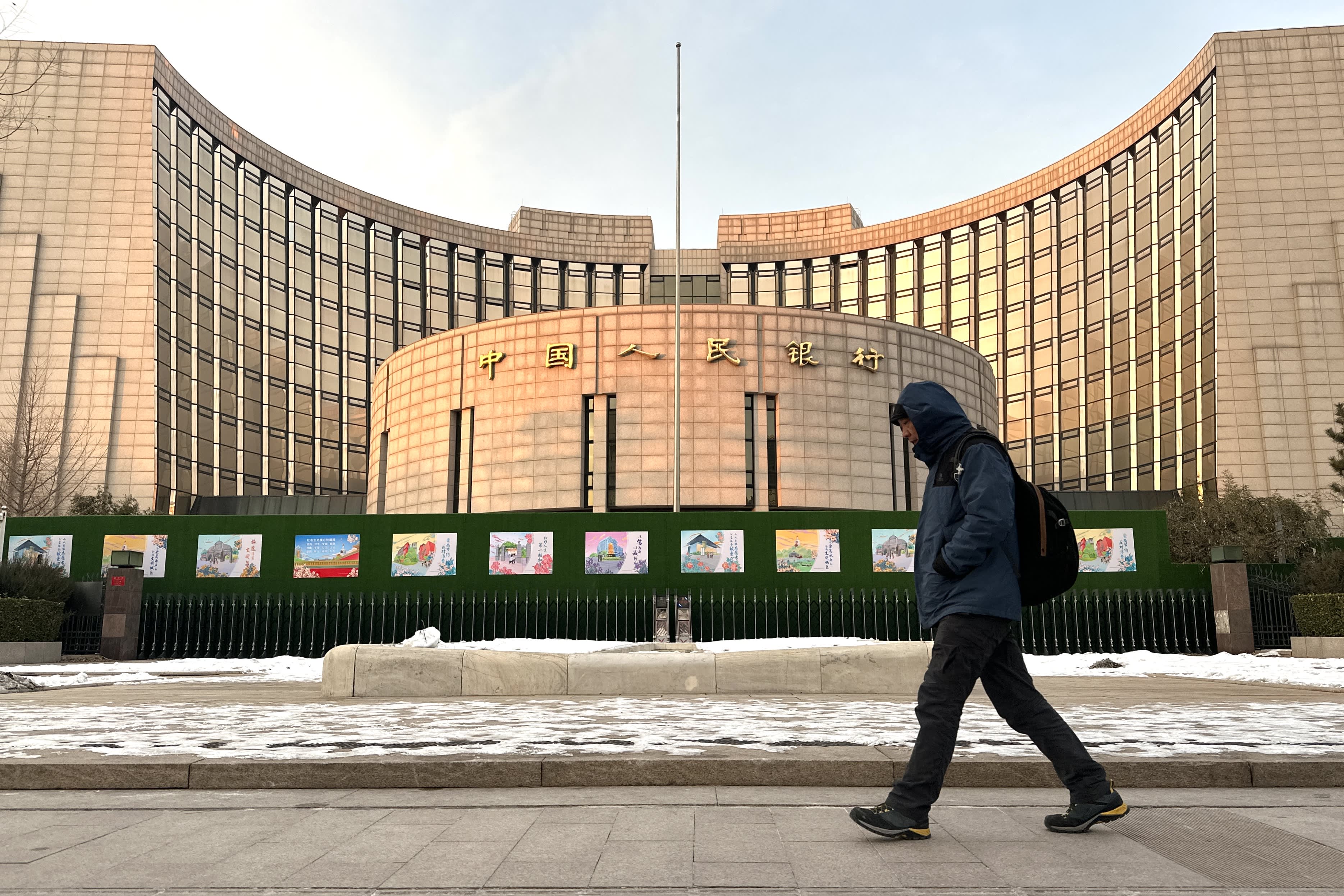
Beijing's monetary policy maneuver is constrained by uncertainties about the timing of an easing by the Federal Reserve, as China's central bank left a key policy rate unchanged during the rolling over of maturing medium-term loans on Sunday.
Beijing is attempting to strike a balance between supporting the economy and avoiding further stimulus measures due to persistent deflationary pressure. However, any aggressive monetary action could lead to renewed depreciation pressure on the Chinese currency and capital outflows.
Traders and analysts anticipate that China may delay implementing immediate stimulus due to the latest U.S. data, as investors have postponed the start of the Fed monetary easing to at least the middle of the year from March.
The PBOC announced that it would maintain the rate on 500 billion yuan ($69.51 billion) of one-year MLF loans for certain financial institutions at 2.50% for the next operation.
The central bank stated that Sunday's operation aimed to keep the banking system's liquidity at a reasonable level.

According to a Reuters poll of 31 market watchers, 71% of respondents predicted that the central bank would maintain the borrowing cost of one-year MLF loans on February 18th.
This month, the expiration of 499 billion yuan worth of MLF loans will result in a net 1 billion yuan fresh fund injection into the banking system.
The steady MLF rate is a result of policymakers' preference to stabilize the yuan and minimize rate disparities with the U.S. dollar, according to Chang Wei Liang, FX & credit strategist at DBS.
Some investors and market watchers have increased their bets on more monetary easing measures in the coming months to support the world's second-largest economy after the central bank made a deep cut to bank reserves earlier this month.
The PBOC announced in its latest report that it would maintain flexibility in its monetary policy to stimulate domestic demand, while ensuring price stability.
According to Ting Lu, chief China economist at Nomura, it is anticipated that two rounds of rate cuts, each amounting to 15 basis points, will occur in Q1 and Q2, affecting both the open market operations and MLF rates.
The reserve requirement ratio cut in the latest round of easing measures did not stabilize market sentiment, he added.
According to market watchers, the central bank-backed Financial News reported on Sunday that the benchmark loan prime rate, or LPR, may decrease in the near future, with a higher likelihood of a reduction in the five-year tenor.
The newspaper stated on its WeChat account that reducing the five-year LPR would aid in maintaining confidence, encouraging investment and consumption, and supporting the sustainable growth of the real estate market following the MLF rate decision.
The one-year LPR is the basis for most new and outstanding loans in China, while the five-year rate affects the pricing of mortgages. The monthly fixing of the LPRs is due on Feb. 20.
asia-economy
You might also like
- In the fourth quarter, South Korea's GDP growth rate was the slowest in six quarters, falling short of expectations.
- According to a CNBC survey, it is predicted that the Bank of Japan will increase interest rates this week.
- China's GDP in the fourth quarter increases by 5.4%, exceeding market predictions due to the implementation of stimulus measures.
- The Bank of Korea announces that it has decided to maintain its interest rates at 3% in a surprising decision.
- In December, China's imports experienced unexpected growth, while exports exceeded expectations as well.
